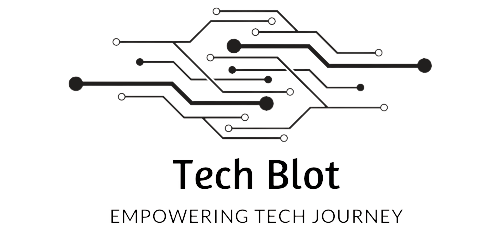Prototyping is a critical part of the product development process. It allows companies to validate concepts and reduce risk before investing heavily in engineering and manufacturing. Prototypes can range from rough sketches and mockups to functional physical models. The main goals of prototyping are to:
Gather Feedback
Prototypes give stakeholders an early look at the product. This allows designers, engineers, users, and executives to provide feedback and guidance. Feedback can uncover flaws and improvement opportunities while there is still time to incorporate changes. Multiple iterations of prototyping and testing allow products to evolve rapidly.
Validate Concepts
Will users understand how to use the product? Will it solve their needs? Prototypes enable companies to answer these questions without the full investment of development and production. Early testing reveals insights that ensure the product delivers the intended value.
Reduce Risk
Prototyping mitigates risk in several ways. It avoids wasted effort from developing concepts that ultimately fail. It prevents companies from learning too late that a product does not meet customer needs. Prototyping also reduces technical risks by uncovering challenges early while changes are still inexpensive.
Types of Prototypes
- Low Fidelity – Early prototypes are typically low-fidelity representations of the product. Sketches, storyboards, wireframes, and simple mockups bring concepts to life before heavy investment. Low-fidelity prototypes prioritize conveying functionality over aesthetics.
- High Fidelity – As concepts mature, companies invest in higher fidelity prototypes. These look and behave much closer to the final product. High-fidelity prototypes consider aesthetics, materials, and branding. Functional prototypes can contain working electronics and hardware.
- Digital vs. Physical – Digital prototypes allow rapid iteration using tools like Sketch and InVision. Physical prototypes better represent 3D objects like medical devices. Most product development includes both digital and physical prototypes.
Testing Prototypes
- Qualitative Testing – Presenting prototypes to users in one-on-one or small group settings yields qualitative insights. Observing how users interact reveals usability issues. Feedback helps prioritize features. Qualitative testing is best for exploring needs early in development.
- Quantitative Testing – Larger sample sizes yield quantitative results. Online surveys and social media ads expose prototypes to many users. Crazy Egg heat maps analyze click patterns on prototypes. Quantitative testing late in development confirms widespread appeal.
Insights from qualitative and quantitative testing can be combined to optimize final product design. Combining both methods allows companies to leverage the strengths of each. For example, qualitative testing may reveal confusion around a particular interface flow. The design is refined to improve usability. Quantitative A/B testing then confirms that the new interface increases conversion rates across the full customer base.
Effective product development relies on a cycle of qualitative insight driving optimization, followed by quantitative validation of those changes at scale. This ultimately results in product-market fit, delighting users with designs tailored to their needs and priorities.
Importance of Iteration
Prototyping works best as an iterative process. Each round yields additional insights and improvements. Maintaining version control ensures systematic progress. Using product management templates to track prototype iterations prevents companies from losing sight of learnings.
Prototyping reduces risk and drives innovation. It ensures products meet real customer needs rather than assumptions. With thoughtful prototyping and testing, companies can launch products with high confidence of market success.

